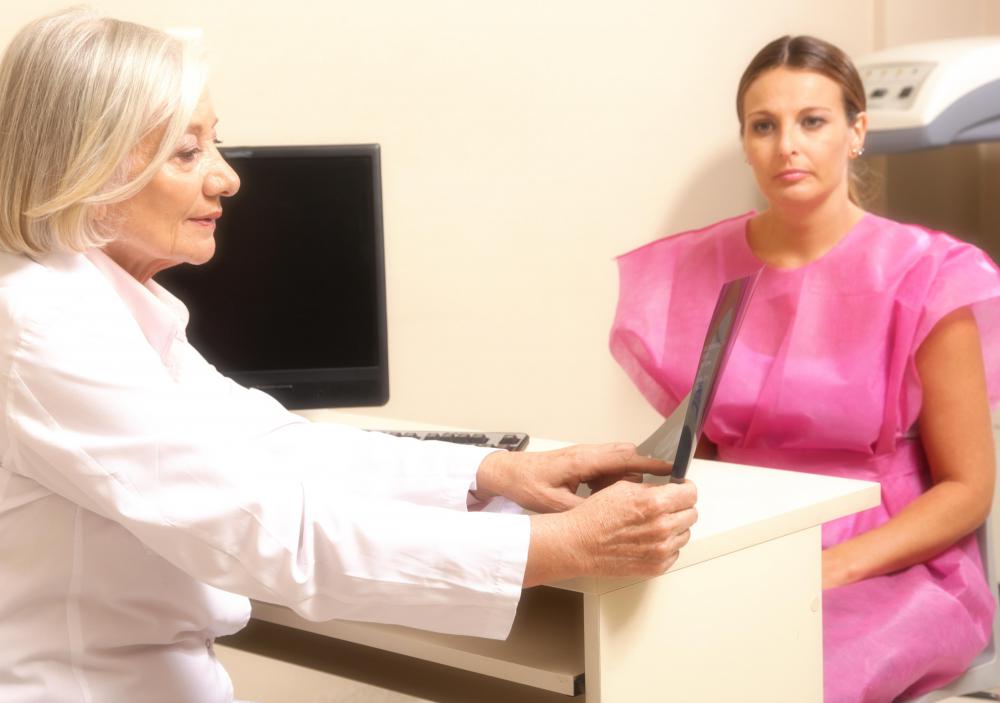At TheHealthBoard, we're committed to delivering accurate, trustworthy information. Our expert-authored content is rigorously fact-checked and sourced from credible authorities. Discover how we uphold the highest standards in providing you with reliable knowledge.
What is a Vaginal Pessary?
A vaginal pessary is a removable vaginal device, commonly used to help women suffering from vaginal prolapse, but also to help with certain incontinence problems or when the uterus is in the wrong position. Vaginal prolapse means that the uterus is sagging into the vaginal canal because the muscles and ligaments supporting it cannot hold it in place, a condition that can occur after childbirth or some types of surgery. The vaginal pessary is inserted into the vaginal canal to help support the uterus, helping relieve the condition. A doctor helps fit the pessary for each individual, and the device is available in various sizes, shapes, and materials, such as a rubber vaginal pessary or a plastic vaginal pessary. Possible side effects of using this device are vaginal irritation or increased vaginal discharge, but because the pessary is removable, problems can usually be easily remedied.
Problems such as a prolapsed uterus and incontinence are often corrected with surgery. However, in some cases a vaginal pessary is considered preferable to treat these conditions. For example, surgery to correct pelvic organ prolapse can pose a risk to a woman's ability to become pregnant or carry a baby to term, so for women of childbearing age the non-surgical option of a vaginal pessary is often recommended. Also, if a woman is pregnant, or has other existing conditions that make surgery risky, surgery is not always an option.

A pelvic exam and several doctors' appointments are needed to fit a vaginal pessary properly. Once a pessary has been fitted, checkups are usually needed every few months. In most cases, the patient is instructed to remove and clean the pessary every few days or weeks, or in some cases to return to the doctor's office for removal and cleaning of the device. A properly fitted pessary should not cause any discomfort and can be left in place during all regular activities, including sexual intercourse. In case of any problems such as smelly vaginal discharge, bleeding, pain while urinating, or if the pessary comes out of the vagina, one should contact one's doctor. Using estrogen creams and vaginal gels can help relieve discomfort and minimize discharge.

Sometimes, a prolapsed uterus or a uterus that is in the wrong position can put pressure on the bladder or intestine, causing constipation or incontinence. In some cases, inserting a vaginal pessary can help correct these problems. In other cases, the problem continues, and other options, such as bladder surgery, can be required.
AS FEATURED ON:
AS FEATURED ON:


















Discuss this Article
Post your comments